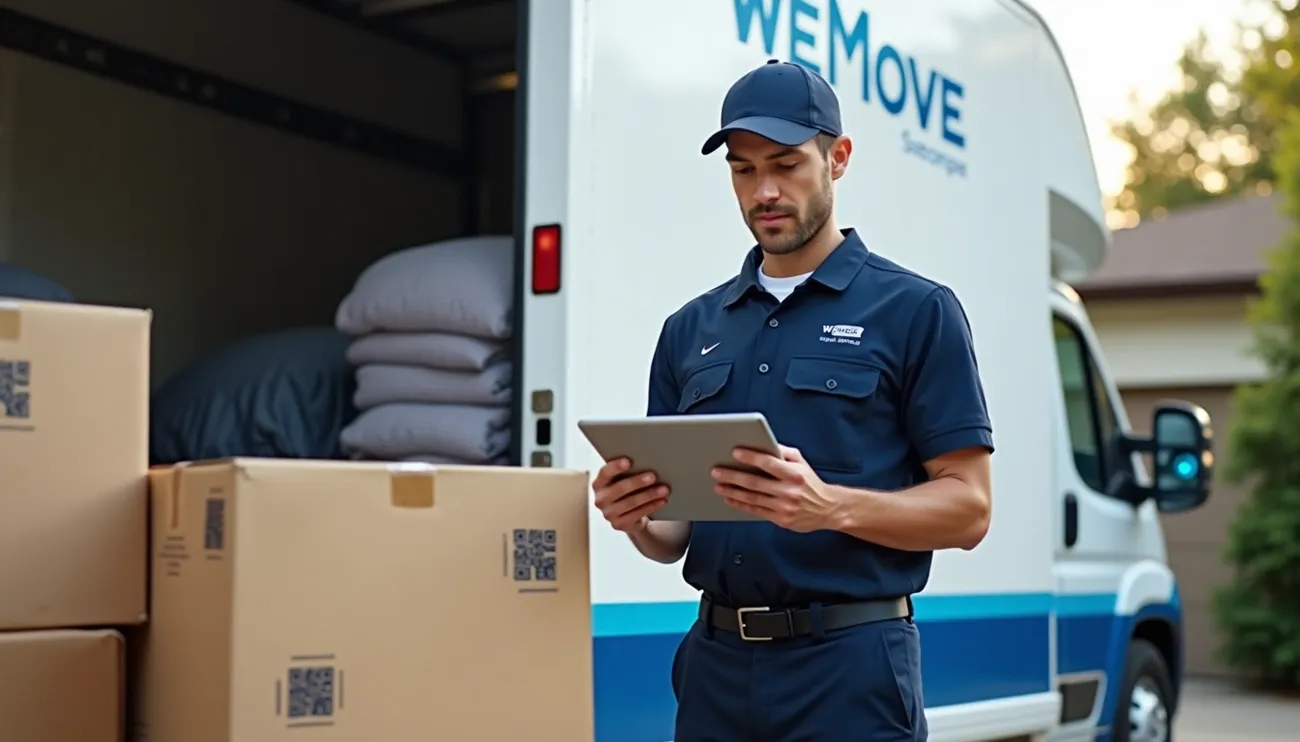Why Moving Technology in 2025 Makes Traditional Moving Look Outdated
Technology has completely revolutionized the relocation industry.

Technology has completely revolutionized the relocation industry. More than 70% of US moving companies now use tech tools like AI route planners, virtual surveys, and GPS tracking. Americans move 11 times throughout their life on average, which makes relocation a recurring and often stressful experience. The American moving market continues to grow to $18 billion despite customer frustrations.
The Better Business Bureau's data shows U.S. consumers filed more than 13,000 complaints about moving services in 2024 alone. Traditional moving companies' outdated practices cause this dissatisfaction. A newer study, published by Consumer Reports reveals 65% of Americans who used full-service movers paid at least 25% more than their original quote. Virtual moving technology has altered the map of the industry, and 73% of customers prefer virtual surveys over in-person visits. Companies that accept new ideas have exceptional advantages - they complete three times more surveys daily and reduce fleet costs by up to 25%. This piece explores why traditional moving services become obsolete and how ever-changing moving technology creates better experiences for everyone involved.
Why Traditional Moving Services Are Falling Behind
Traditional moving companies can't keep up with what modern customers want anymore. Their decades-old business model looks outdated in our digital-first world.
Outdated booking and quoting methods
Most traditional movers still depend on phone calls or in-person estimates. This creates needless hassle for busy customers. Clients must adjust their schedules and wait for estimators to visit their homes. They also need to manually list their inventory—making the process slow and expensive for everyone.
The "quote-and-switch" technique raises even more concerns among consumer groups. A 2024 Consumer Reports study shows that 65% of Americans who used full-service movers paid at least 25% more than their initial quote. This misleading pricing happens because we relied on estimators' personal judgment rather than consistent, informed methods.
Lack of live updates and transparency
The Better Business Bureau reports that U.S. consumers filed more than 13,000 complaints about moving services in 2024 alone. Hidden fees, delivery delays, and poor communication were the main issues. Modern customers want to track their belongings "like they track a pizza," but traditional movers rarely provide this visibility.
Problems become worse when customers can't reach representatives or get clear answers. This communication gap creates a lot of stress, especially when you have long-distance moves where delivery timing uncertainty can mess up plans for weeks.
Manual errors and inefficiencies
Traditional moving services heavily rely on manual processes that cause problems. Studies show a manual transcription error rate of almost 4%. These mistakes multiply throughout the moving process:
- Fleet managers spend 15-20 hours weekly checking paperwork twice and fixing errors
- Many companies use pen-and-paper inventories or simple spreadsheets
- Lost items and wrong categorization of belongings lead to customer complaints
The core team ends up spending valuable time fixing documentation mistakes instead of focusing on operations. Virtual moving technology offers a better way—it removes these inefficiencies through digital solutions that cut down human error and streamline the entire moving process.
The Core Technologies Transforming Moving in 2025
Five revolutionary technologies are changing how the moving industry works in 2025. These new standards make old ways look outdated.
AI-powered route planning and cost estimates
Smart AI systems now look at traffic patterns, road conditions, and delivery times to create fuel-saving routes. Companies can cut costs and give better service. The technology spots delays ahead of time, adapts to current conditions, and tells you exactly when your stuff will arrive. Smart pricing tools take details about how much you're moving and how far to give you a quote in minutes instead of days. This means faster responses and more happy customers.
Virtual moving technology and 3D inventory scans
Virtual surveys have changed how moving quotes work. Almost all customers (99%) now pick virtual over in-person visits. You just walk around your home with your smartphone to record a video. AI software looks at the footage, lists your items, and gives you a quick, accurate quote. Moving companies can now do three times more surveys each day.
GPS tracking and real-time delivery updates
GPS lets moving companies watch their whole fleet on one screen. Customers can see where their belongings are during the move. This clear view helps reduce stress while waiting for your stuff. On top of that, GPS tracking stops theft and helps manage fleets better by watching fuel use, temperature inside trucks, and how drivers are doing.
Smart sensors and IoT for fragile item protection
Smart IoT sensors on packages track movement, bumps, temperature, and moisture during the move. These sensors send alerts right away if they detect drops, big hits, or bad conditions. The detailed records help with insurance claims by showing exactly where and when damage happened.
Digital contracts and online payments
Digital platforms help moving companies create and store agreements online. With eSignature technology, booking becomes easier, costs go down, and paperwork gets done right. New payment systems process credit cards as soon as the job ends. This cuts out billing delays and helps cash flow.
Check your moving options right now with WeMove.ai.
How Moving Tech Enhances the Customer Experience
Modern moving services prioritize customer experience. Technology has transformed what clients expect and receive during their relocation experience.
Faster and more accurate virtual quotes
Virtual estimator tools have replaced traditional in-home estimates. Customers can now create their own inventory with visual aids using their smartphones. This visual approach makes quote generation simple and enjoyable while improving estimate accuracy. AI-powered tools analyze video walkthroughs of homes and create itemized lists. These tools calculate box requirements without human error.
Live tracking for peace of mind
GPS tracking has become a standard feature in the industry. Customers expect to track their belongings during transit, similar to Uber and Lyft. This visibility creates trust and reduces stress by eliminating the need for status calls. The technology enables movers to send tailored messages and alerts based on immediate data.
24/7 support through AI chatbots
AI chatbots handle routine questions right away, which saves time for customers and the core team. These virtual assistants provide constant support to schedule, reschedule, and track updates. Companies that use AI chatbots see a 70% reduction in slow response time complaints.
Touchless, paperless transactions
Touchless payments give customers complete control over transactions. A Mastercard survey shows 79% of consumers prefer contactless payments as a cleaner option. E-signature features let customers review and sign documents electronically through their customer portal. Compare moving options instantly with WeMove.ai.
How Moving Companies Use Tech Behind the Scenes
Modern moving companies rely on powerful operational technologies that work behind the scenes. These systems are the foundations of today's moving industry.
Fleet and driver management systems
Smart driver management technology makes fleet operations better through live tracking and telematics. The systems track vehicle locations, study driver behavior, and boost safety with automated alerts. Companies that use telematics see 5-15% less fleet downtime and their labor productivity jumps by up to 20%.
Automated scheduling and load planning
Smart AI software creates the quickest way to plan multi-stop truckloads that work with trailer space, driver hours, and location needs. Companies save 5-15% on transportation costs when they use intelligent cargo grouping. The top systems let planners test different scenarios and analyze multiple factors to create the best shipping plans.
Inventory tracking with RFID and barcodes
Moving companies now employ barcoded inventory tags to track items accurately. These systems are easy to remove, simple to apply, and help trace shipment lots. Barcode inventory tags work better than old methods and help cut claims while making inventory management smoother.
Predictive maintenance for moving equipment
Smart maintenance systems watch equipment health with sensors that catch unusual temperature, vibration, and sound patterns. This ahead-of-time approach cuts facility downtime by 5-15% and helps vehicles last longer through regular upkeep.
CRM systems for tailored service
Moving-specific CRMs handle everything from scheduling to billing smoothly. These platforms come with flexible scheduling, automatic updates, and give mobile crews instant access to job details. Moving companies that use specialized CRM solutions get happier customers and run more efficiently.
What is the consensus?
The moving industry today faces a defining moment. Technology has redefined customer expectations about their moving experience. People no longer accept vague quotes, hidden processes and manual errors that plague traditional services.
Numbers paint a clear picture. Tech-savvy movers who use virtual surveys can complete triple the assessments each day. AI-powered routing helps companies reduce their fleet expenses by 25%. The market speaks volumes - 73% of customers prefer virtual options instead of in-person visits. These trends reveal the industry's new direction.
This transformation creates value for everyone. Customers receive transparent pricing, accurate quotes and reliable service. Moving companies benefit from optimized operations, lower costs and happier clients. Moving crews get better instructions and smarter planning tools.
Moving companies must make a clear choice - adopt these technological advances or fade into irrelevance. The American moving market, valued at $18 billion, keeps expanding. Success belongs to innovative providers who understand what modern customers want.
Technology enables smoother, more predictable relocations whether you're moving locally or nationwide. Modern moving solutions have made traditional methods obsolete. Both companies and customers need to understand this reality - moving technology doesn't just enhance existing processes, it revolutionizes the entire experience.
FAQs
Q1. How is technology transforming the moving industry in 2025? Technology is revolutionizing the moving industry with AI-powered route planning, virtual surveys, GPS tracking, and smart sensors. These innovations are making traditional moving methods obsolete by offering faster quotes, real-time updates, and improved customer experiences.
Q2. What are the main advantages of using modern moving technology? Modern moving technology offers numerous benefits, including more accurate cost estimates, real-time tracking of belongings, 24/7 customer support through AI chatbots, and paperless transactions. These features enhance transparency, reduce stress, and improve overall customer satisfaction.
Q3. Are virtual surveys replacing in-home estimates for moving services? Yes, virtual surveys are becoming increasingly popular, with 73% of customers preferring them over in-person visits. These surveys allow customers to get quick and accurate quotes using their smartphones, making the process more convenient and efficient.
Q4. How are moving companies improving their operations with technology? Moving companies are enhancing their operations through fleet management systems, automated scheduling, inventory tracking with RFID and barcodes, predictive maintenance for equipment, and specialized CRM systems. These technologies streamline processes, reduce costs, and improve service quality.
Q5. Is the moving industry growing despite technological changes? Yes, the American moving market continues to grow, reaching $18 billion. However, success is increasingly favoring tech-forward providers who meet modern customer expectations. Companies that adapt to technological advances are likely to thrive, while those clinging to traditional methods risk becoming obsolete.

